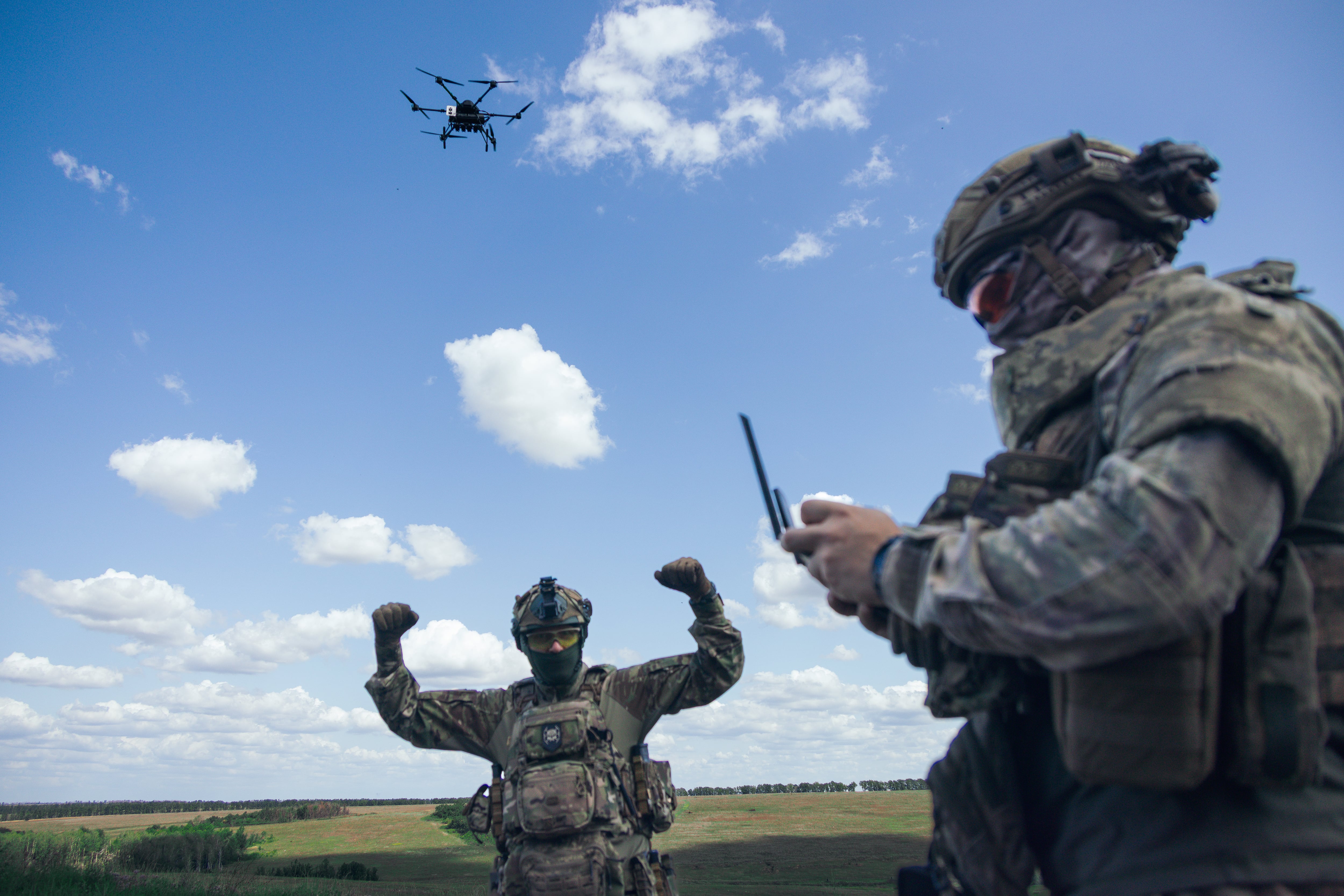WASHINGTON — The Air Force A-10 attack jet has killed more U.S. troops in friendly fire incidents and more Afghan civilians than any other aircraft flown by the U.S. military, according to data declassified and obtained by USA TODAY.
The close-air-support aircraft has been embroiled in a battle over its survival between hawks on Capitol Hill and the Air Force. To Sen. John McCain, R-Ariz., and others, the jet represents an Air Force commitment to troops engaged in ground combat. To the Pentagon, it's a Cold War relic with no future in a time of tight budgets.
Wednesday, Ashton Carter, President Obama's choice to be Defense secretary, was drawn into the fight to kill or save the Warthog, as it is known. Sen. Kelly Ayotte, R-N.H., a member of the Armed Services Committee, wrested a commitment from Carter to meet with an association of troops and veterans who support the jet.
The A-10 can strike fear in an enemy. Its 30mm cannon can fire as many as 3,900 rounds of depleted uranium shells per minute at targets posing a threat to U.S. ground troops, many of them from the Army. Those bursts can shred the armor on a tank. They can also hit unintended targets.
Since 2001, the A-10 has been involved in four friendly fire incidents that killed 10 U.S. troops. The next highest is the B-1B bomber, which killed five soldiers last year in one incident. Friendly fire deaths are exceptionally rare. There have been 45 total friendly fire incidents out of about 140,000 missions flown by the Air Force, Navy and Marines.
The A-10 is the aircraft responsible for the most civilian deaths in Afghanistan since 2010, when data on those deaths started to be collected. Thirty-five people have been killed compared with 19 killed by the Harrier, data show.
In close-air-support missions in which weapons were dropped in Afghanistan, the A-10 has a slightly lower percentage of civilian casualty incidents per missions flown than B-1 bombers or F-16 fighters. More than 99 percent of the missions in which warplanes attack enemy ground fighters avoid harm to U.S. troops or civilians.
The Air Force would like to phase out the A-10 by 2019, but pilots still use it. Since August, it has flown 14% of the missions against militants from the Islamic State in Iraq and Syria, or ISIL.
Its limited range and speed have prevented it from taking part in strikes against Kobani, a senior Air Force official said. The siege on the city by ISIL militants was lifted last week after months of airstrikes, many by the B-1, whose range, speed and payload far exceed the A-10.
The data do not prove the A-10 is poorly suited to its mission, according to Dustin Walker, a spokesman for the Senate Armed Services Committee. "While any loss of life is a great tragedy, in the context of tens of thousands of Air Force combat missions, this data is inconclusive and statistically insignificant to determining which weapon system is most effective in its primary mission, or at avoiding civilian casualties or friendly-fire incidents," Walker said.
The Air Force wants to retire the A-10 and use some of the $4.2 billion savings over five years to pay for crews to maintain the F-35, a costly new warplane that can perform multiple missions, from close-air support to attacking enemy fighters.
"The A-10 has been in service for 40-plus years," said Lt. Col. Chris Karns, an Air Force spokesman. "While the A-10 and its airmen have a long and proud history, fiscal realities and the significant cost savings associated with A-10 divestment are resulting in tough decisions."
The debate continues about the jet's value. Four senior-level Army and Air Force officers spoke to USA TODAY on condition of anonymity because the A-10 issue has become politically charged and the data are sensitive.
In Iraq and Afghanistan, where insurgents blend with average people, avoiding civilian casualties is a paramount goal. Incidents have been used as propaganda by insurgents or have driven a wedge between the U.S. effort and the Afghan government.
"First, you better do no harm," a senior Army officer told USA TODAY. The officer commanded at high levels in Iraq and Afghanistan and, like other senior officers, has seen the A-10s work up close. "I didn't want any stinkin' A-10s flying unless they were going to drop a (satellite-guided bomb) or other precision-guided munition."
Two other senior Army officers, both with combat command experience in Iraq and Afghanistan in the past two years, had more charitable views of the A-10. Both said they understood that automatic budget cuts known as sequestration, which occurred two years ago and are scheduled again for October, forced the Air Force to make tough choices. The sight of the slow-moving jet above a battlefield and the guttural sound of its gun can reassure troops facing enemy fire, they said.
For pilots and ground troops, "the most important thing is for the (warplane) to get there and provide support," said Brig. Gen. Patrick Malackowski, a former A-10 pilot and expert on close air support. "If time is an issue and you need to get there quickly, then the A-10 is not the preferred platform."
The best aircraft for a mission depends on the threat, Malackowski said. All of the aircraft the Air Force uses for close air support work well, he said.
The Project on Government Oversight, a non-partisan group, wants the Air Force to release more data about the performance of aircraft in close-air-support missions, said Mandy Smithberger, a military analyst with the group. POGO would like to see the Government Accountability Office conduct an audit to determine which plane is superior for close air support.
"It's not about not liking or not wanting the A-10," Gen. Mark Welsh, the Air Force chief of staff, said. "It's about some very tough decisions that we have to make to recapitalize an Air Force for the threat 10 years from now."





